The term coffee calibration is so broad. The simple understanding is how to keep coffee servings consistent from the first time you open the coffee bean packaging until you almost finish it.
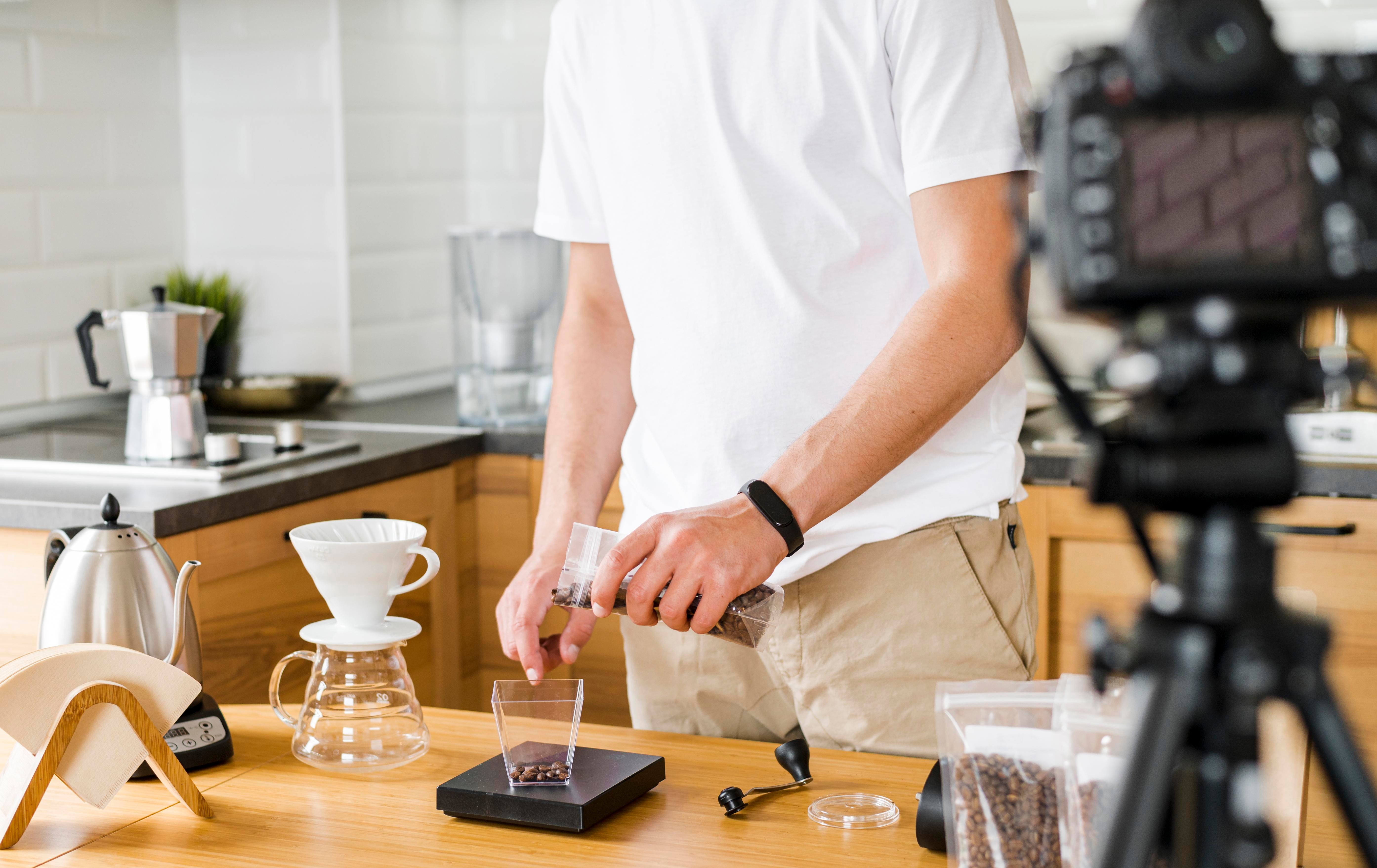
Image by <a href="https://www.freepik.com/free-photo/close-up-man-making-coffee_8299766.htm#query=coffee%20calibration&position=1&from_view=search&track=ais">Freepik</a>
Coffee calibration is an activity to ensure a specific scale to maintain the consistency of coffee servings. Coffee professionals do calibration to balance the taste of the coffee serving from the serving preparation approach. Some types of calibration are:
- Calibration of digital scales for precise volume results,
- Calibration of grinder machines so that grinding results are stable,
- Calibration of espresso machines for consistent extraction results,
- and even tongue calibration so that the sense of taste can be relied upon when cupping coffee.
Coffee shops often calibrate regularly to maintain their customers' coffee taste standards. Baristas do this because the equipment and supplies experienced a shift in scale. Another reason might be the change of roastery partners for the supply of coffee beans.
Digital Scales Calibration
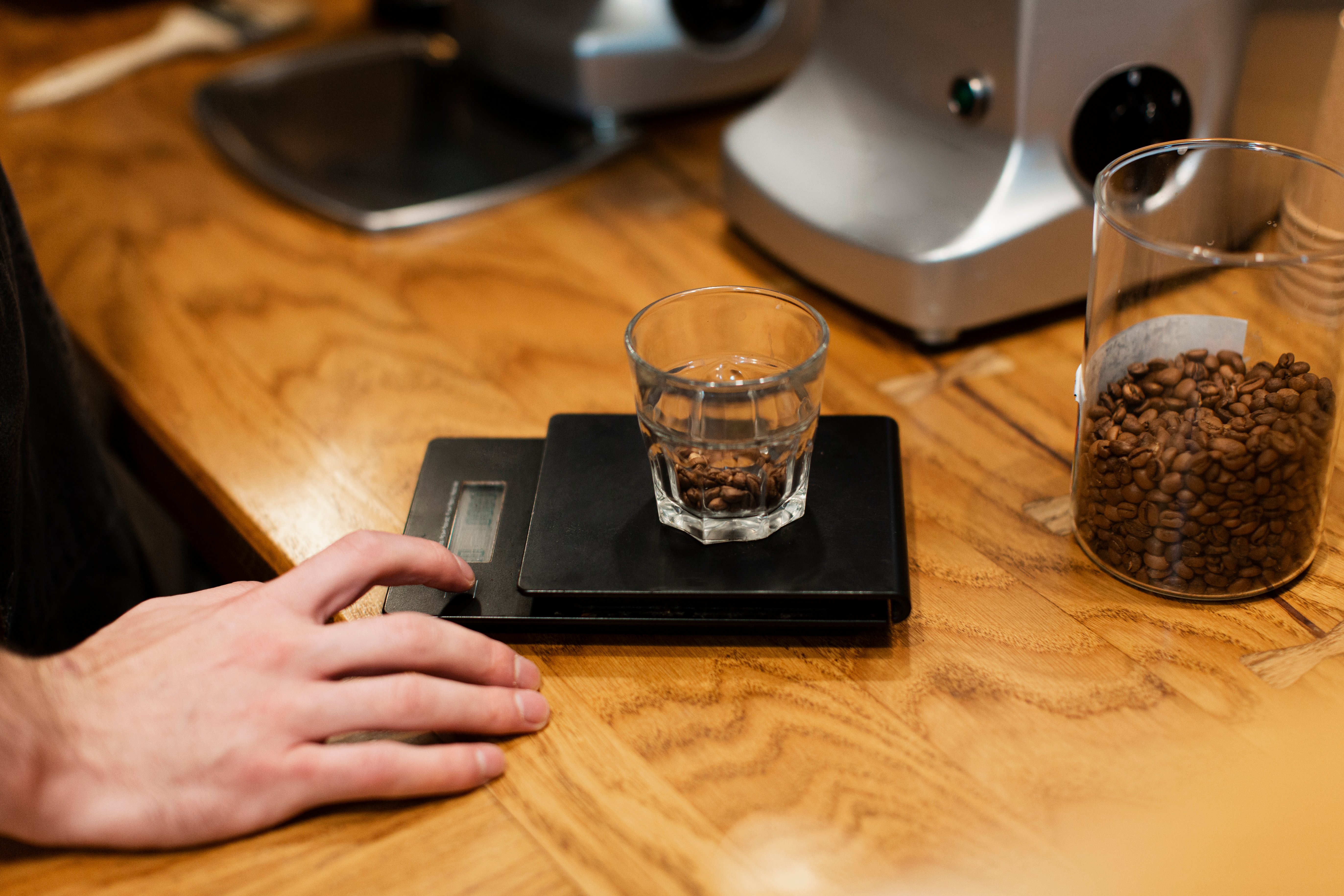
Image by <a href="https://www.freepik.com/free-photo/close-up-glass-with-coffee-beans-scale_6154374.htm#query=coffee%20calibration&position=5&from_view=search&track=ais">Freepik</a>
The perfect brew of coffee starts with a precise ratio. It would help if you chose the coffee scale correctly. Digital scale for a long time in certain situations will experience a shift in the volumetric measurement scale. Therefore, it is essential to calibrate the digital scale once a month or if it needs to be corrected. Calibration of digital scales can only be done with a particular calibration tool called a calibration weight.
Grinder Machine Calibration
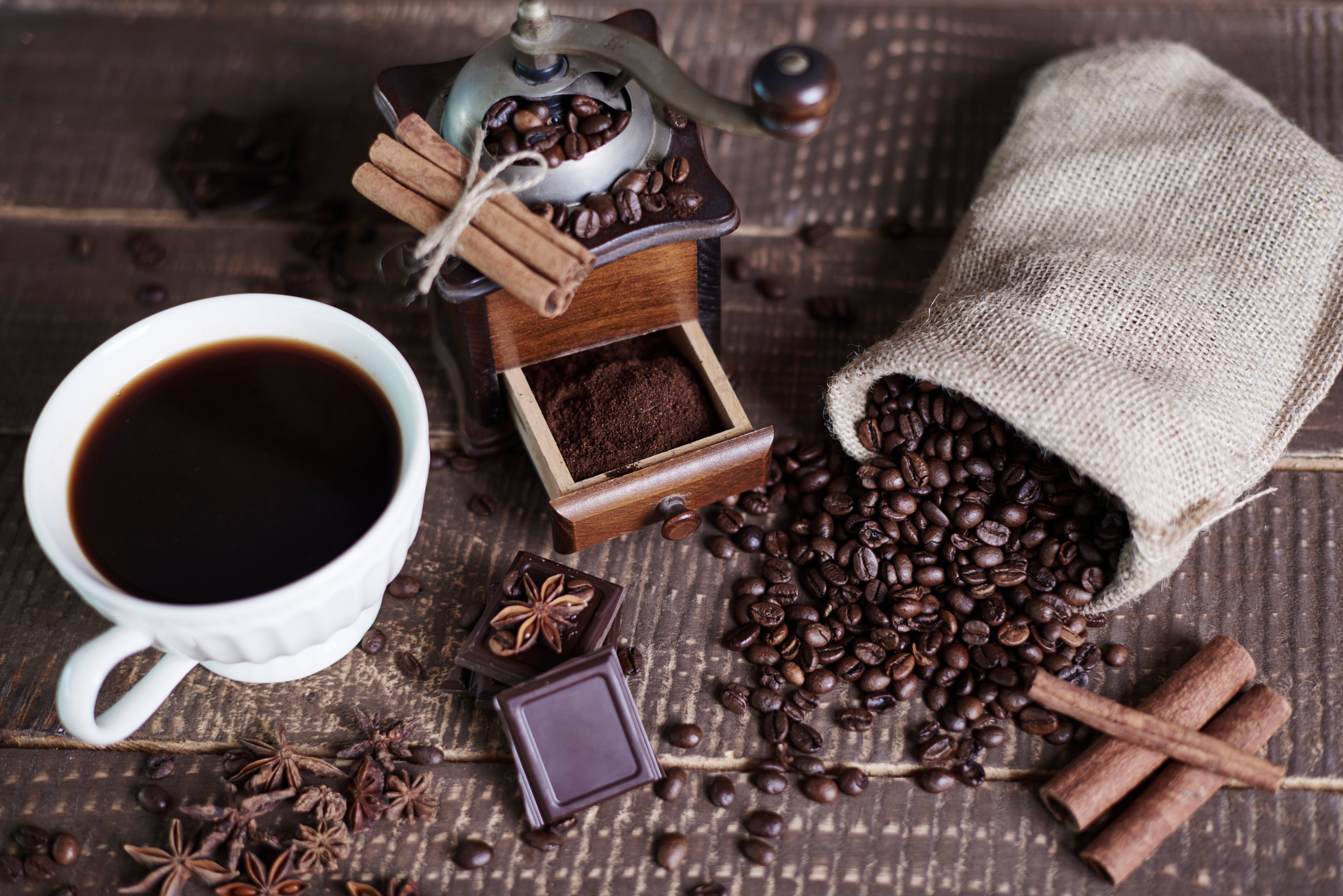
Image by <a href="https://www.freepik.com/free-photo/close-up-glass-with-coffee-beans-scale_6154374.htm#query=coffee%20calibration&position=5&from_view=search&track=ais">Freepik</a>
Extraction perfection also refers to grounding coffee grounds thoroughly. If the results of grinding coffee grounds are uneven - some are smooth, and some are not, it is necessary to calibrate. If your coffee bean grinder experiences a shift in the performance of the grind, it doesn't mean that the grinder has decreased performance. It may be worth checking for any thin start rubber pads that need replacing, burr bits that need replacing, or detailed cleaning. The shift in the grind results performance is visible when preparing espresso coffee, both during tamping and after extraction.
Espresso Machine Calibration
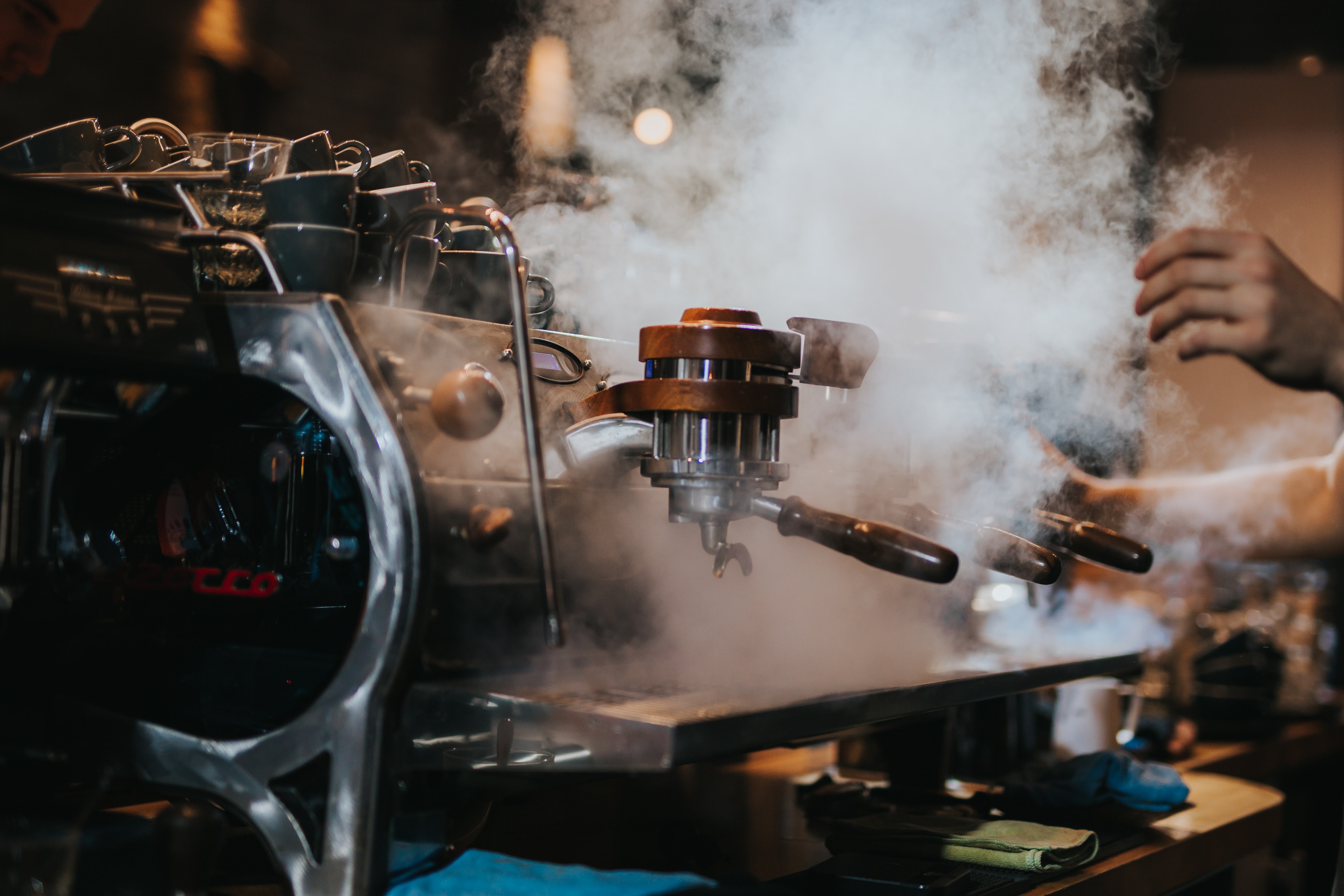
Photo by Krists Luhaers on Unsplash
Coffee shops that rely on serving milk-based espresso maintain the consistency of using other alloys and have to ensure that the serving remains consistent in taste. It's to ensure that when everything is combined to produce a variety of coffee milk-based dishes, the taste remains the same; nothing is different.
The espresso machine you use certainly needs to consider the brewing variable. It takes skill and experience to understand the relationship between variables to calibrate an espresso machine. Some coffee shops calibrate daily during opening time. Some also calibrate once a week or at other intervals depending on needs.
Tongue Calibration
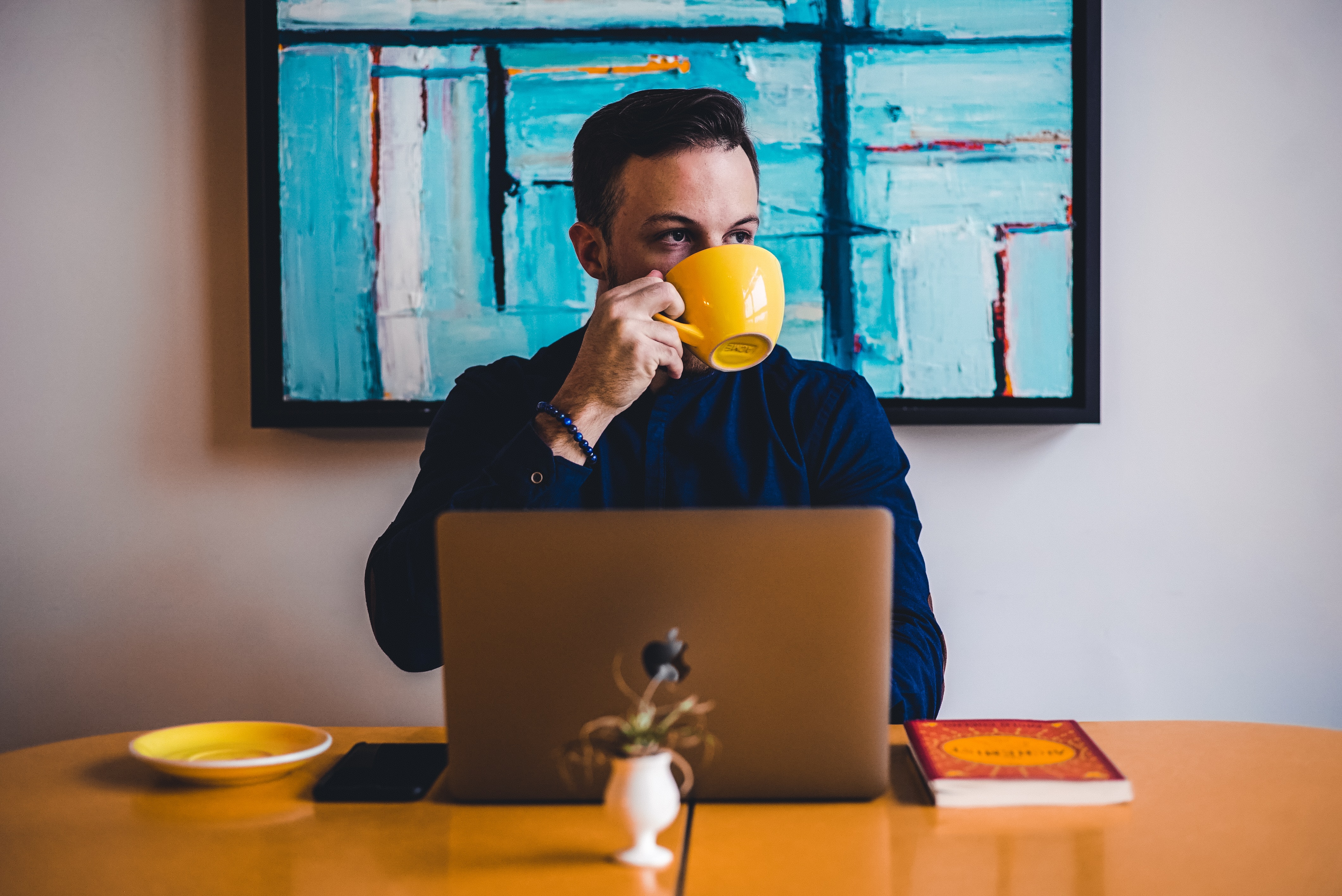
Photo by Chris Benson on Unsplash
In the coffee industry, tongue calibration refers to the skill of a person's taste buds in analyzing the taste of coffee. Tongue calibration is an activity carried out to maintain a stable sense of taste to feel the details of the taste profile of the coffee dish. It's usually done alone or in groups by calculating the scale of each mineral water dissolved with exceptional flavors.
More info on tongue calibration...
Before analyzing the character of the taste of coffee using the flavor wheel, exercises to strengthen the preference for basic tastes are significant so that you become more sensitive to the taste profile of coffee. This exercise is simple; you can even do it in your kitchen without needing a coffee shop bar. But our advice is, do not do it alone. Invite friends who are also interested in coffee because there will be various flavors to taste.
At least in practice, taste calibration is needed;
– Powdered Sugar
– Citric Acid Powder
– Powdered Salt
– Water
– Multiple Cups
Prepare nine rather large glasses, which you will fill with water and the three flavors. Fill it with three levels: for example, glass one is sweet level 1, glass two is sweet level 2, and glass three is sweet level 3. Don't mix each glass, okay? Note the level of flavor in the glass to facilitate the next step. How many spoons are used per glass is not too important; use it as needed. But keep in mind the different levels of taste. If the first glass is one spoon, then the next glass must be two spoons so that the difference in taste is unmistakable.
Distinguishing Sense Calibration
Basic tastes such as sweet, sour, and salty are the colors that are easiest for the tongue to recognize when tasted. But how do you get the taster more familiar with this taste difference? Prepare 9 cups which you will later fill with primary flavors.
Sort the cups, then fill each one by one, starting from sweetness level 1, sweetness level 2, sweetness level 3, and so on, as well as salty and citric acid flavors. Then invite your friends to sip the flavor difference in the cup using a spoon. Make sure you and your friends agree on which cup is saltier, less sweet, and which is sour.
The next step is to make it easier, number the cups - preferably 2-digit or 3-digit random numbers - for example, the first cup is 42, the next cup is 87, and so on.
Then what if it is not sorted? Ask your friends to avoid seeing the cup you are going to at random. After being shuffled, the cupping process begins again. But at this stage, ask them to record it together - this is what cup numbering is for - so some people don't see other people's answers. Ask them to write down what cup number is less sweet, which cup number is sweet, and so on. Then try to evaluate together whether the answers are the same or different.
Finding a Flavor Profile
This stage is the most difficult. You must mix three glasses of water with different levels in one cup. For example the first cup, in the same ratio, you put water with level 2 sweetness, level 1 salty taste, and level 3 sour taste. Mix it into three different cups, then ask friends to sip it. What happened?
Ask to specify in the cup mixed earlier what flavor profile is in it. Which level is sweet, what level is salty, and what level is sour? For the first time, this might be challenging. Mistakes at the beginning are usual, don't be bored to keep trying and often repeat. Over time, you will find it easy to determine. If you want to become a Q-Grader, this practice is mandatory because taste calibration is included in the Q-Grader exam called Sensory Skill.
So, what do you think about the term coffee calibration? Have you heard of other calibration terms in the coffee industry?
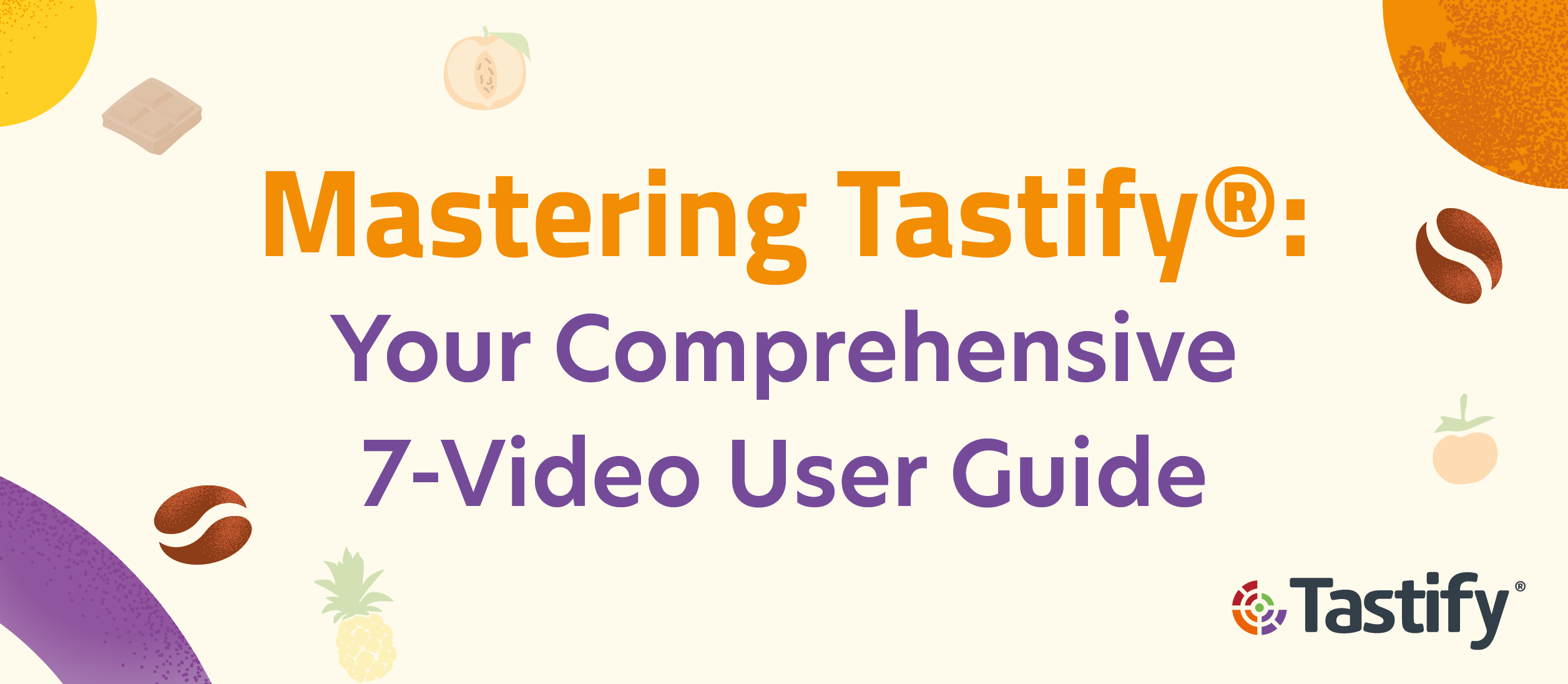
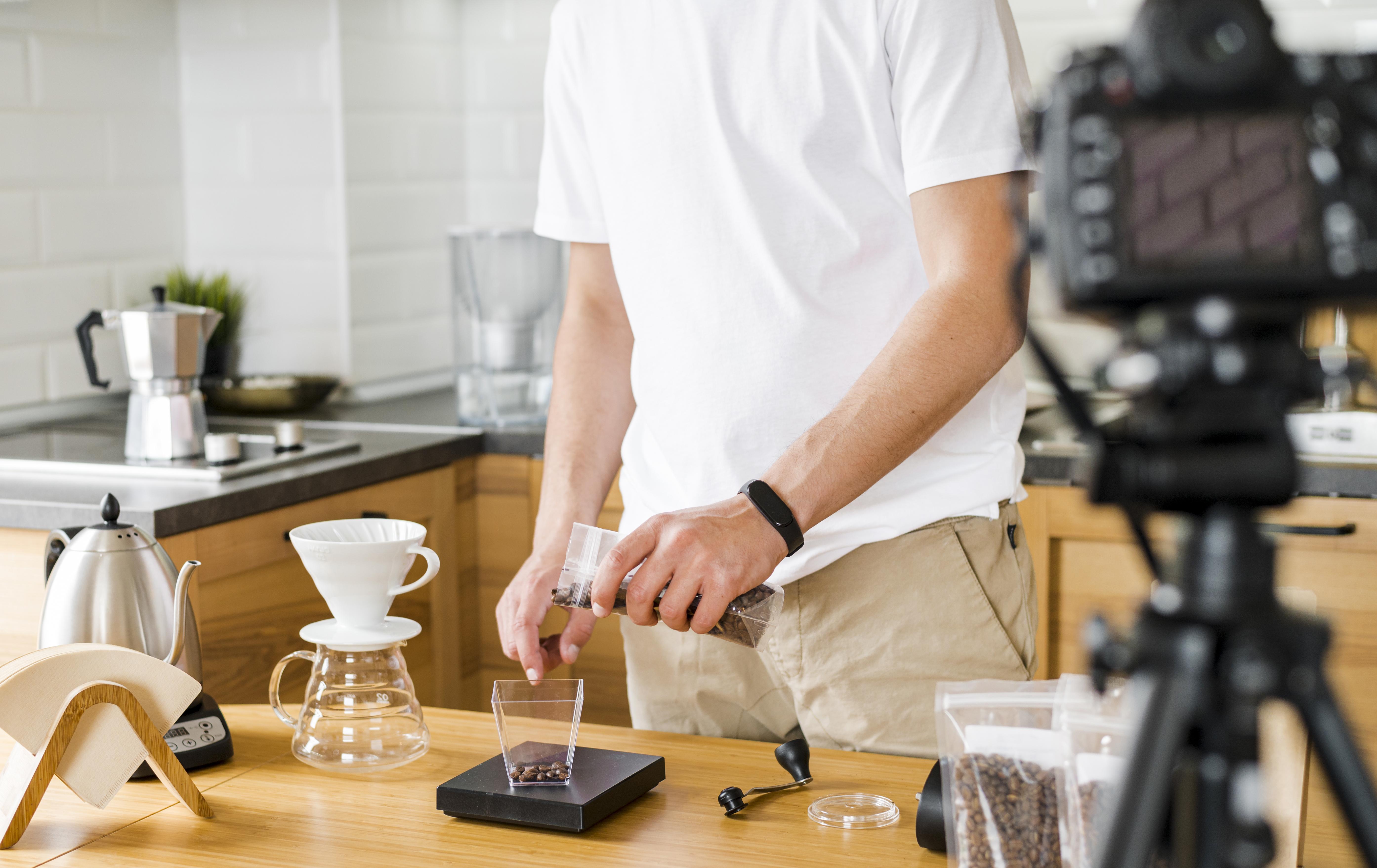





.png)
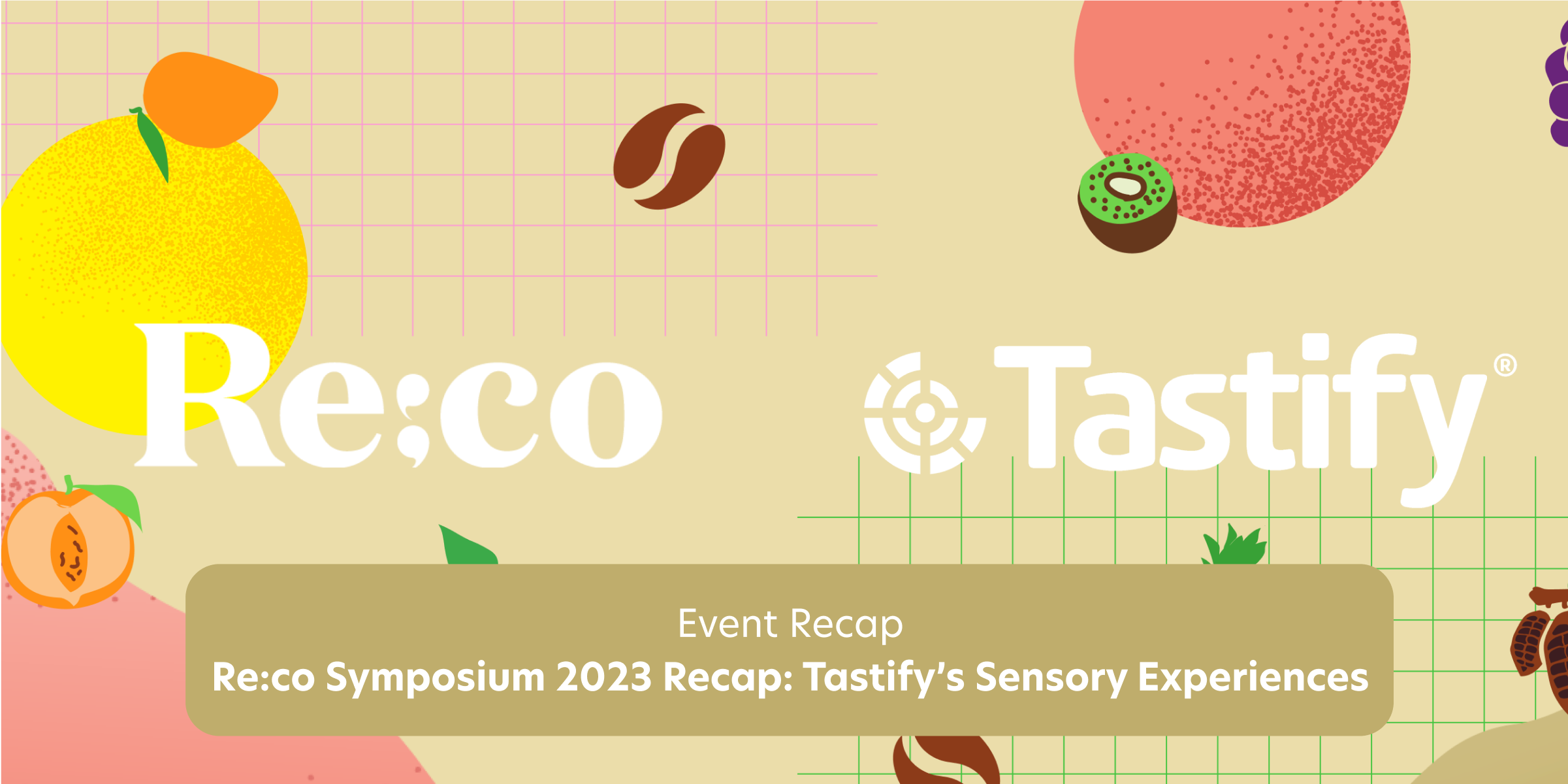
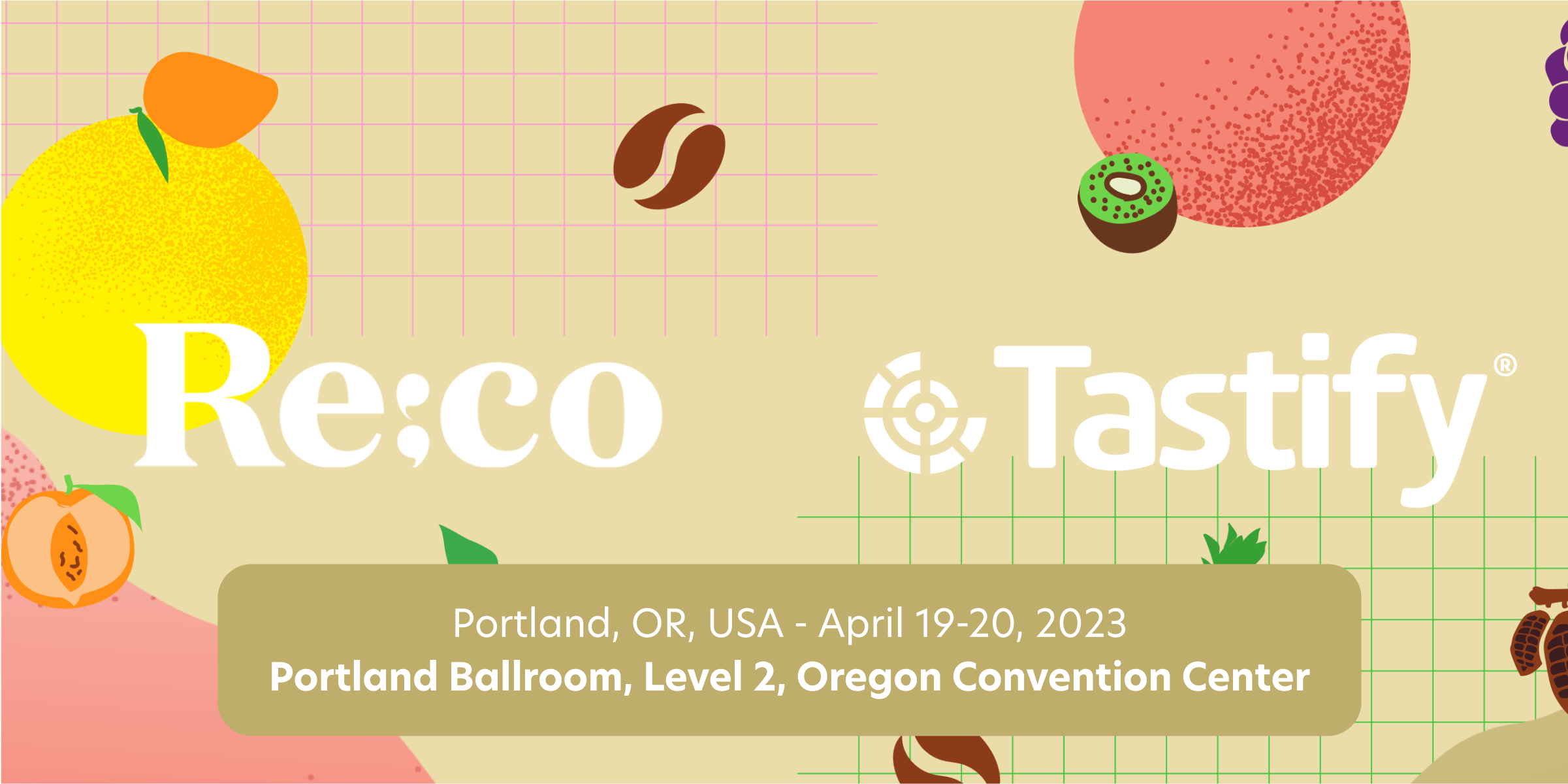
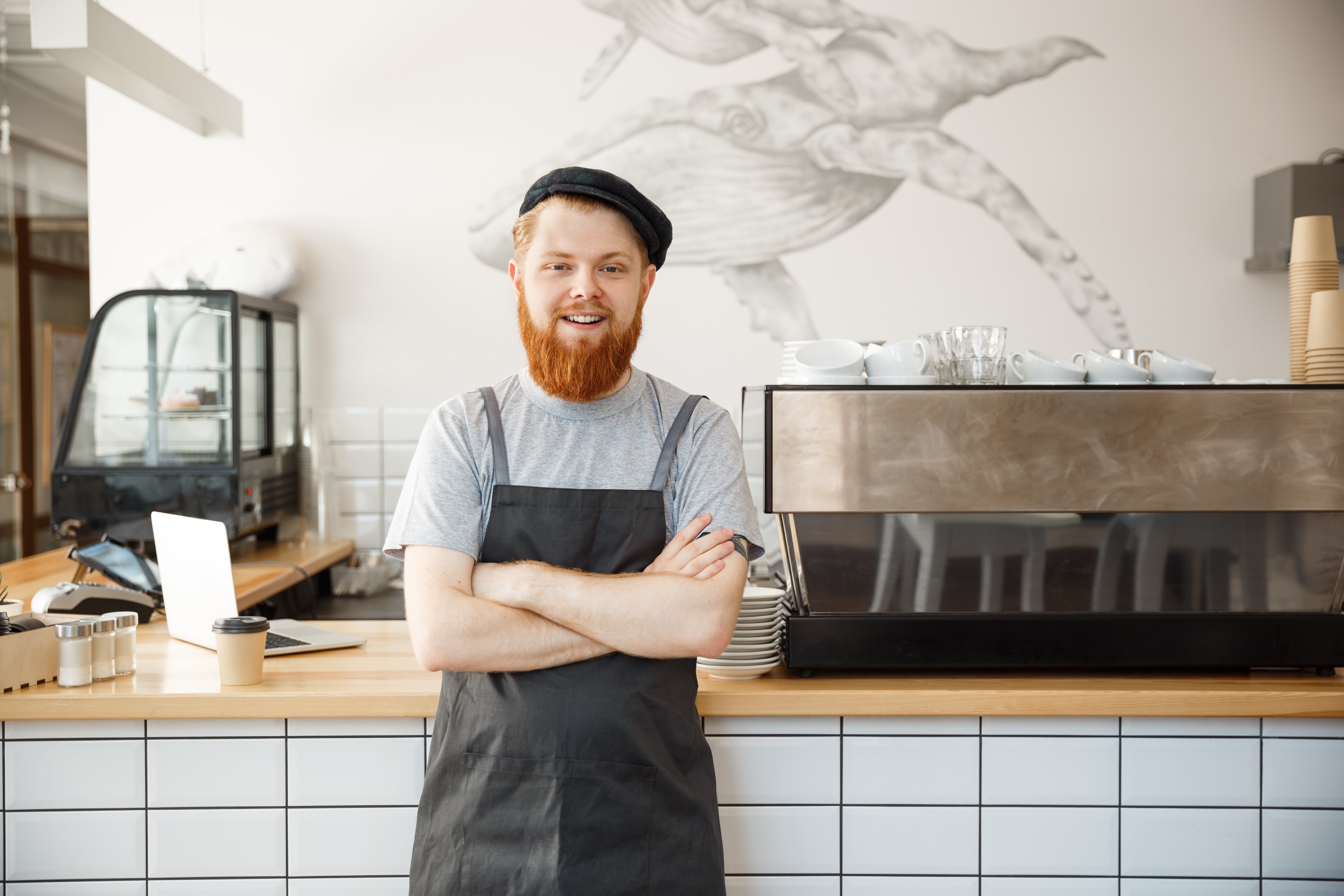
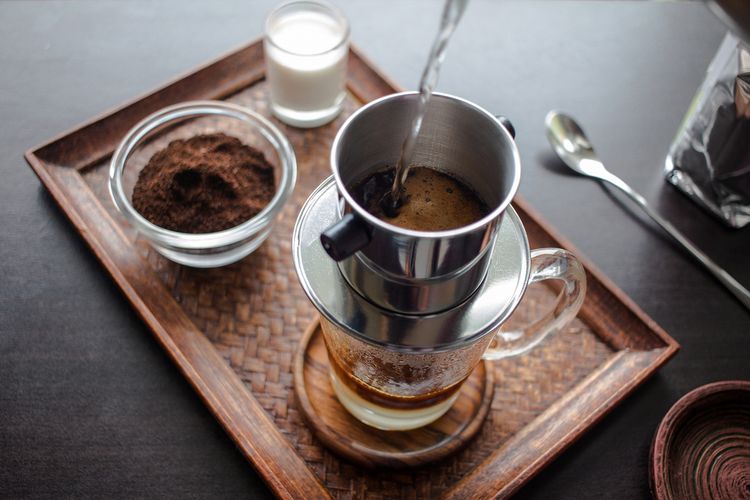

Comments